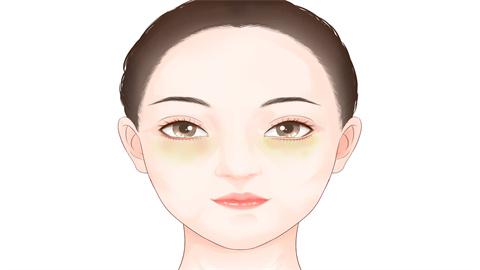What are the effects and side effects of photorejuvenation?
Generally, photorejuvenation works by using broad-spectrum intense pulsed light to penetrate the skin, producing a photothermal effect that breaks down pigmentation, closes abnormal blood vessels, and stimulates collagen proliferation to improve the overall skin condition. The typical reference price for photorejuvenation ranges from 1,000 to 3,000 yuan per session, and visible improvement is usually observed within 1-2 months. The benefits of photorejuvenation include improving uneven skin tone, reducing wrinkles, minimizing pores, removing redness or telangiectasia, and enhancing rough skin texture. Side effects may include skin redness, dryness, hyperpigmentation, blistering or crusting, and increased skin sensitivity. A detailed explanation is as follows:

I. Benefits of Photorejuvenation
1. Improves Uneven Skin Tone
Photorejuvenation targets pigment particles in the skin, such as freckles, sunspots, and melasma. The photothermal effect breaks down these pigments and promotes their metabolism and elimination, resulting in a more even and radiant skin tone.
2. Reduces Wrinkles
Specific wavelengths of light energy stimulate the proliferation and remodeling of collagen and elastin fibers in the skin, enhancing skin elasticity and reducing the appearance of fine lines and wrinkles, resulting in smoother, firmer skin.
3. Minimizes Pores
Photorejuvenation helps regulate sebaceous gland secretion, reducing oil production, while stimulating the skin's self-repair mechanisms. This leads to collagen proliferation around the pores, effectively minimizing their appearance and giving the skin a smoother texture.
4. Removes Redness or Telangiectasia
For facial redness or telangiectasia, photorejuvenation selectively targets dilated capillaries. The hemoglobin in the blood vessels absorbs the light energy, generating heat that closes the abnormal vessels, thereby reducing redness and restoring the skin's natural color.
5. Improves Rough Skin Texture
Photorejuvenation removes accumulated dead skin cells on the skin surface and accelerates skin cell turnover by promoting metabolism, thereby improving rough skin texture and making the skin softer and smoother.
II. Side Effects of Photorejuvenation
1. Skin Redness
Due to the thermal stimulation of the light energy on the skin, varying degrees of redness may occur after treatment. This typically subsides within a few hours to several days.
2. Skin Dryness
Photorejuvenation may accelerate moisture loss from the skin, causing dryness and tightness. Without timely moisturizing care, skin flaking may occur.
3. Hyperpigmentation
Skin sensitivity to ultraviolet light may increase after treatment, potentially worsening pigmentation. This may manifest as darkening of existing spots or the appearance of new pigmented areas.
4. Blisters or Crusting
If the light energy is too intense or post-treatment skin care is inadequate, blisters may develop, and in severe cases, crusting may occur. This increases the risk of infection and may leave scars after healing.
5. Skin Sensitivity
Following treatment, the skin's barrier function may temporarily weaken, making it more sensitive. The skin may have a reduced tolerance to external stimuli such as temperature changes or cosmetics, and symptoms such as itching or stinging may occur easily.
To prevent post-treatment hyperpigmentation, strict sun protection measures should be taken after photorejuvenation. Direct sun exposure should be avoided, and sunscreen, hats, and umbrellas should be used when going outdoors. It is also advisable to avoid outdoor activities during peak UV hours.





